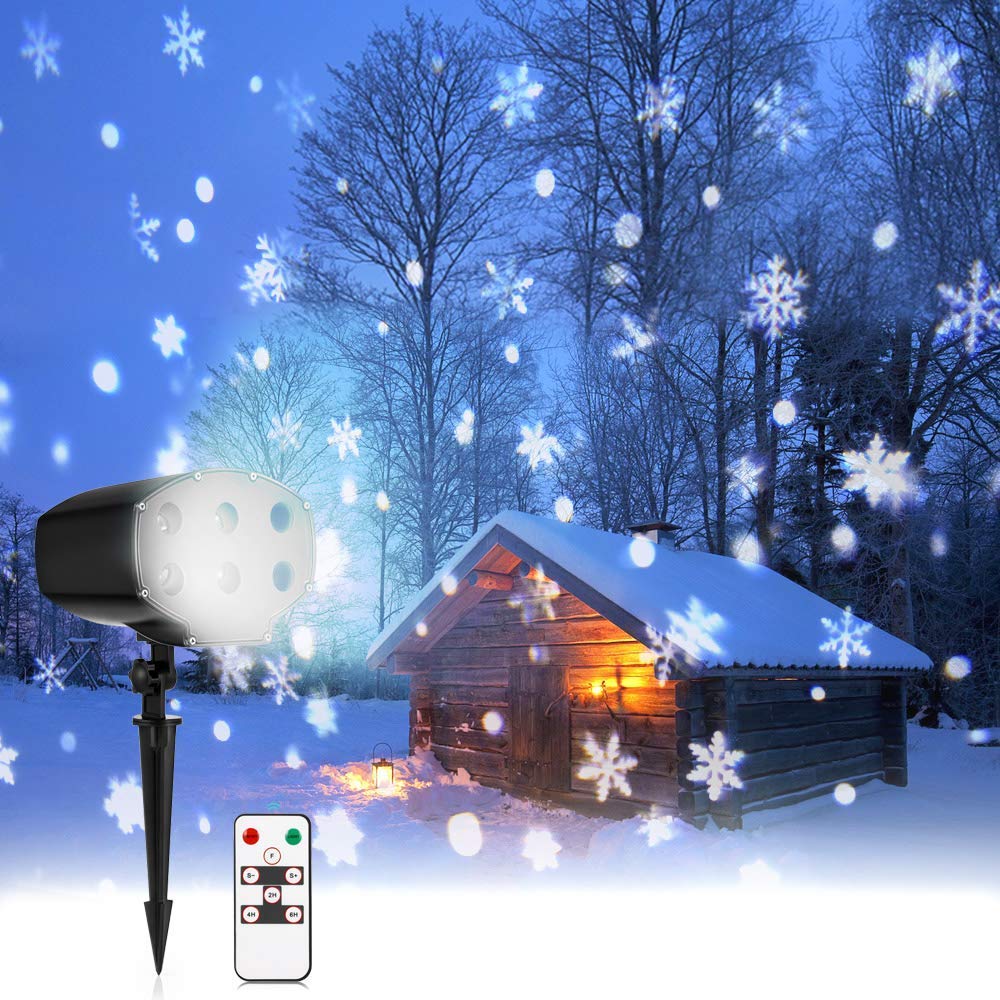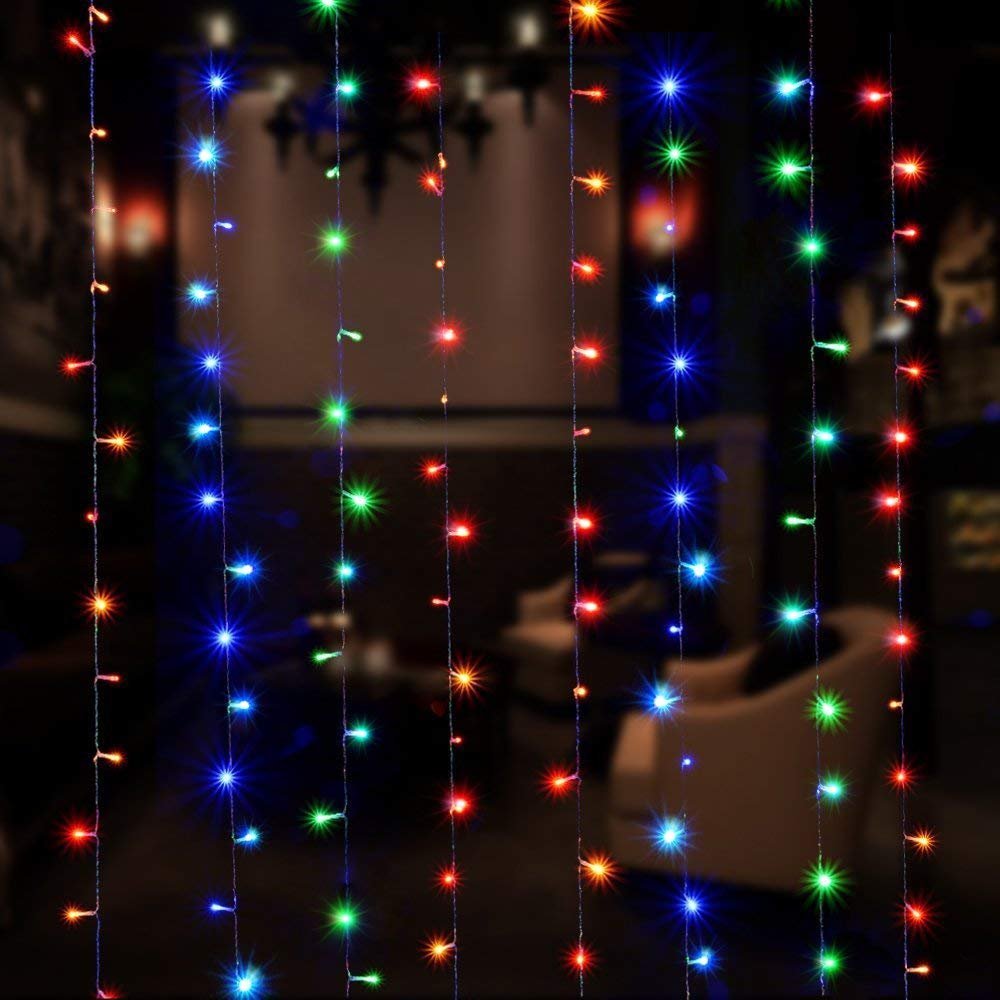
Under the influence of the energy crisis in the international market, the world has gradually entered the “energy-saving era”. Countries have actively adopted legislation and government guidance to eliminate inefficient and energy-consuming products such as incandescent lamps and vigorously develop the LED lighting industry. Nowadays, under the dual promotion of the government and the market, LED lighting with the goal of environmental protection, energy saving and emission reduction is rapidly spreading in the field of public lighting, and actively penetrates into the commercial lighting, office lighting, and home lighting markets, which also promotes LED in the world. The share of the lighting field is constantly rising, quickly entering the era of LED lighting.
Expected growth in overseas home lighting market
Currently, LED penetration is rapidly increasing in the global market. According to estimates from global market research institutions, the output value of the LED lighting market in 2014 was 35.3 billion U.S. dollars, an increase of 47.8% over 2013. In 2014, the penetration rate of LED lighting will also increase to 32.7%, among which the most widely used bulb lamps and lamp tube penetration The rates reached 20% and 15%, respectively.
In the past, in the LED lighting market, due to higher prices and other reasons, the penetration rate of the civilian market has been low. With the improvement of LED lighting technology and the continuous decline in prices, governments of various countries have successively issued favorable policies such as the ban on incandescent lamps, and the highly anticipated civilian market has begun to truly open the door to the arrival of the LED era. According to foreign-funded UBS Securities, global LED lighting demand will increase by 60% in 2014, of which home lighting will grow the most, and next year it will increase by 90%, much higher than 37% for commercial use and 57% for industrial use. It is estimated that LED chip demand will grow by 25% next year.
In the international market, countries and regions around the world have currently launched plans to phase out incandescent lamps, including Europe, America, Japan, and China, which plan to completely phase out incandescent lamps within 2-3 years. Corresponding countries have formulated LED lighting promotion plans and related financial subsidy policies. These plans and policies will undoubtedly accelerate the popularity of LED lighting products. Successive energy conservation and emission reduction policies issued by various countries have become the key to stimulating the outbreak of the civilian market. Today’s support, subsidies, applications, and government procurement for LED lighting products have not only stimulated market demand to a large extent, but have also enabled related companies to move towards higher energy efficiency in terms of energy conservation and emission reduction in terms of research and development and operations.
The most successful implementation of the LED subsidy policy is the US and Canadian markets. As long as the LED lighting product applies for Energy Star certification, consumers can directly enjoy the subsidy price when purchasing. American LED maker Cree launched a 9.5-watt LED light bulb (replaces a 60-watt incandescent light bulb) this year, with a retail price of only $ 9.97, and more importantly, this light bulb has passed the ENERGY STAR certification. A subsidy of $ 5, which means that consumers can buy it for $ 4.97, which is equivalent to the price of energy-saving light bulbs (approximately $ 2-5), which greatly stimulates the use and penetration of local LED lighting products.
As the market demand erupts, the global LED lighting market will see a huge increase in demand next year. In order to seize the market’s development opportunities, international lighting giants led by Philips and Osram have also begun to consider using LED chips produced in Asia. In order to improve price competitiveness, seize the market share of civil lighting. In addition, compared with some developing countries, Europe and the United States, Japan and other places have a relatively high degree of acceptance of environmental protection consciousness, so for LED lighting manufacturers, some foreign markets will have wider development space.
Traditional lighting “giant crocodile” transformation step is firm
Facing the promising LED lighting market, more and more traditional lighting companies in the world have begun to transition to the LED field. The international traditional lighting giants represented by Philips, Osram, Panasonic, and GE Lighting have “struck their horses”, targeting the LED lighting market.
During the 18th Guangzhou International Lighting Fair this year, Liang Hanfeng, president of Philips Lighting Division Greater China, once stated, “Our goal is to achieve 50% of the total LED business in 2015.” And just one month later, Philips With the launch of a number of LED low-cost lighting products to seize the civilian market, the actual action responded to this voice.
According to the analysis of relevant research institutions, the accelerated transformation of Philips is not due to the decline in performance of traditional lighting products. In fact, Philips energy-saving light bulbs still dominate the general lighting market and are still on the rise. The sales of the lighting division in the fourth quarter of 2012 were year Up 4%. So, the reason why Philips wants to accelerate the expansion of the LED lighting industry, industry analysts said that it was worried about following in the footsteps of Nokia, taking the lead in the early stage of the LED lighting outbreak to seize the market opportunity.
At the beginning of 2013, another lighting giant, Osram, reportedly wanted to sell its factory in Shaoxing, China (mainly manufacturing traditional light bulbs). The goal of streamlining was to focus on LED lights. Siemens Group said that while selling the plant, it will also invest 100 million euros (130 million US dollars) to build a new LED assembly plant in Jiangsu Province, China, and vigorously develop LED lighting. Osram CEO Wolfgang Dehen said: “The sale of the Shaoxing plant will be another milestone in the company’s restructuring, and OSRAM will further increase the proportion of LEDs in overall business revenue.” As the lighting market is accelerating the transformation of semiconductor products, Osram is making every effort to transform the company. This move should undoubtedly be seen as a big step for OSRAM from traditional lighting to LED lighting.
On July 8, Siemens officially spun off its subsidiary OSRAM in Germany. Analysis believes that, as another global lighting giant, OSRAM will be able to obtain more sufficient funds after listing alone, and use a more flexible organizational structure to seize the opportunity for the rapid popularization of global LED lighting. Osram is expected to increase its efforts to expand the LED lighting market in China. From the perspective of sales revenue, OSRAM is currently second only to Philips, ranking second in the global LED lighting industry.
Let’s look at Panasonic, a Japanese lighting manufacturer, which originally focused on the development of backlight LEDs. After cooperating with Colmo three years ago, especially after announcing the production of household incandescent light bulbs at the end of October last year, its lighting subsidiary PCESC also Said that before the end of 2015, all household fluorescent products will be converted to LED lighting.
At present, governments of various countries are actively eliminating low-efficiency lighting products. The European Union has completely banned the import or production of traditional incandescent lamps, and the United States will also ban the sale of incandescent lamps of more than 40W in 2014. Therefore, under the comprehensive factors of all parties, the transformation and upgrading of traditional lighting companies can be described as imminent.
Intelligent lighting kicks off a new prelude to LED competition
With the development of lighting technology and the improvement of living standards, the focus of attention in the future will be on the pursuit of home and office lighting environment and the experience of intelligent control, which are more difficult to achieve for traditional lighting, and for LED The advantages are clear.
Nowadays, intelligence as the development trend of LED lighting is an indisputable fact. Intelligent lighting has gradually entered the stage of implementation from the previous concept. The field of intelligent lighting has become a “competitive place” for international manufacturers. In addition to professional manufacturers of intelligent lighting control related products, many other companies have also launched intelligent control systems supporting products. Intelligent lighting has opened a new prelude to LED competition.
In fact, in the field of intelligent lighting, international lighting manufacturers have already moved frequently. This year, Philips and GE Lighting, Osram, Panasonic, Toshiba and other international lighting manufacturers have formed the Connected Lighting Alliance (CLA) to actively seize the LED smart lighting market and develop smart lighting with wireless transmission.
Philips has long been at the forefront of the industry in this regard. “Philips has spent a lot of time in the layout of smart lighting, and we all know that the profitability of lighting control systems is very high.” An industry veteran who is engaged in research said: For Philips, it is currently outside of the Dutch headquarters. There is also the world’s second comprehensive research and development center (Shanghai Research and Development Center). Philips invests hundreds of millions of yuan in research and development expenditures each year (estimated that it will account for 94.6% of research and development expenditures in 2015). A major mainstream of smart phones, especially at the decisive point of competition in the intelligent lighting industry, Philips has invested a lot from financial resources to manpower, and has laid out enough patents. ”
It is reported that the biggest selling point of its recently launched “Hue Intelligent Lighting System” is “its perfect multi-level customizable effect.” Users can adjust the Hue light through the iOS app or software downloaded from the Philips website, and Philips has now opened its hue smart lighting system to external developers.
For China in the LED manufacturing base, in the field of intelligence, overseas markets will undoubtedly have greater development space and market potential. According to the “2013-2017 China LED Lighting Industry Market Prospect and Investment Strategic Planning Analysis Report”, Lamps are very advantageous in overseas markets. On the one hand, electricity costs in developed countries such as Europe and the United States are generally high. How to achieve “secondary energy saving” in LED lighting technology and give full play to the advantages of LED lighting products has a very local energy saving and environmental protection. Significant significance; on the other hand, due to the high cost of local labor, the use of smart lamps can greatly save labor costs, more user-friendly to meet user requirements, and effectively reduce the maintenance costs of future lighting projects. Therefore, the overseas market is bound to become a “fighting place” for intelligent LED manufacturers.
At present, driven by the global concept of energy saving and environmental protection, new light sources represented by LEDs are causing a huge change in the lighting industry. As a new type of lighting source, LED not only brings new choices to the lighting market, but also opens up new areas of lighting applications. This new light source lighting product is constantly being upgraded with the drive of innovative technology. From incandescent lamps to energy-saving lamps, halogen lamps to LED lamps, lighting products have achieved better energy-saving upgrades and improved comfort. Lighting effects are also more diverse. In the future, with the gradual improvement of semiconductor technology, LED lighting will set off a new round of application storms around the world.








